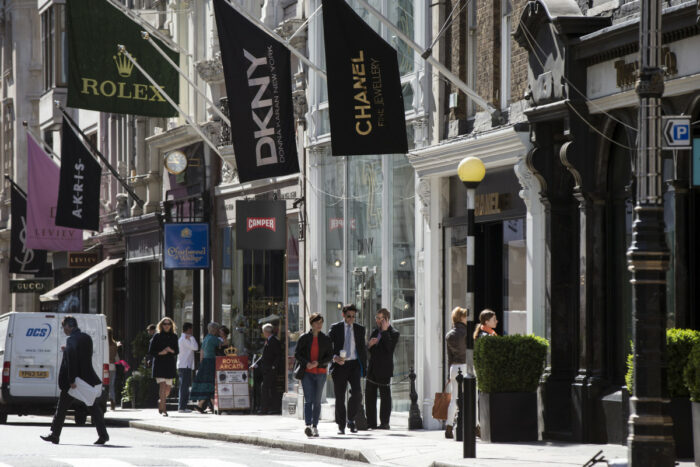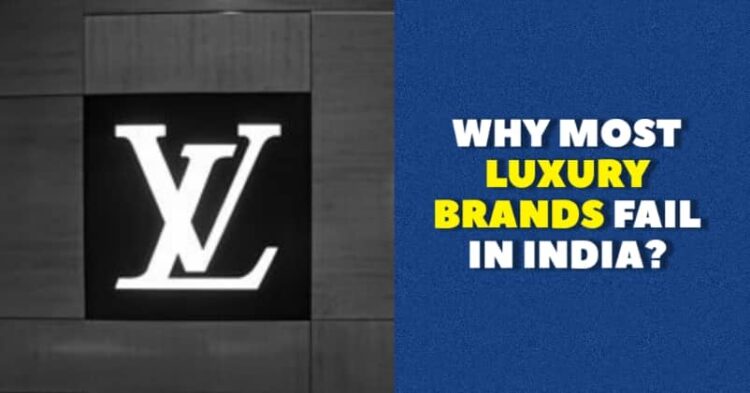Asia’s third-largest economy, growing at a rate of 7% and home to over 200 millionaires, India is one of the toughest luxury markets in India.
Brands like Tiffany & Co, Victoria secret have no boutiques in India. The French luxury brand Cartier has only one jewellery boutique in India.

Most luxury brands have much more stores in China than in India. For example, Louise Vuitton has 35 stores in China but only three stores in India. If you see the market, some of the top selling items are watches, automobile, fashion accessories, beauty/personal care products, handbags, shoes and apparel.
Value-conscious mentality

Being a distinctive and multifaceted market having diversities of cultures, customs, and history, Indian consumers are very different from consumers in China or the West. Indians culturally are value conscious and always look for a good bargain. People always seek value and search for information regarding at what price they can get brands internationally.
Luxury confined to only a few cities
In India, luxury retailing mostly is confined to the three metro cities- Mumbai, Delhi, and Bangalore. Even in these cities, there is not a single high street for luxury brands in India. The Taj Mahal hotel in the nation’s financial capital has a Louis Vuitton store that houses its signature bags. The hotel also has a Dior store, which sells Pret-a-porter dresses that start at around $5,000 and bags that kick off at $2,500. If you visit them, the stores were mostly empty of customers except for the occasional curious tourist.
Import Duties

With import duties of up to 30 percent, luxury goods are often far cheaper outside India. Also, the variety is much more overseas, the service is much better, the whole experience is much nicer. So even those people who are interested for luxury goods purchase it from Dubai, Singapore or London.
The absence of Luxury brands streets

There is no high street for luxury brands in India. All existing high streets are very cluttered and over-crowded and hence, do not provide a suitable ambiance that luxury retail demands. The challenge is infrastructure. The problem is providing the Indian consumer with a luxury shopping experience in a country where streets are strewn with garbage and squalid slums sit across from posh mansions. Even the so-called ‘luxury malls’ in India are not really luxury. They have issues with basic infrastructure, with untrained staff, it’s just not a luxury experience.
For Indian consumers, it is a matter of prestige when people associate themselves with a brand that they are paying for. Like For men, shoes with prominent logo sell more in India. Women shoes do not sell well because they don’t see value. However, women buy sunglasses and handbags which are more visible. People like to show-off. Indian buyers give huge importance to perception and value. Quality and craftsmanship matters but not a decider point for Indians.
















